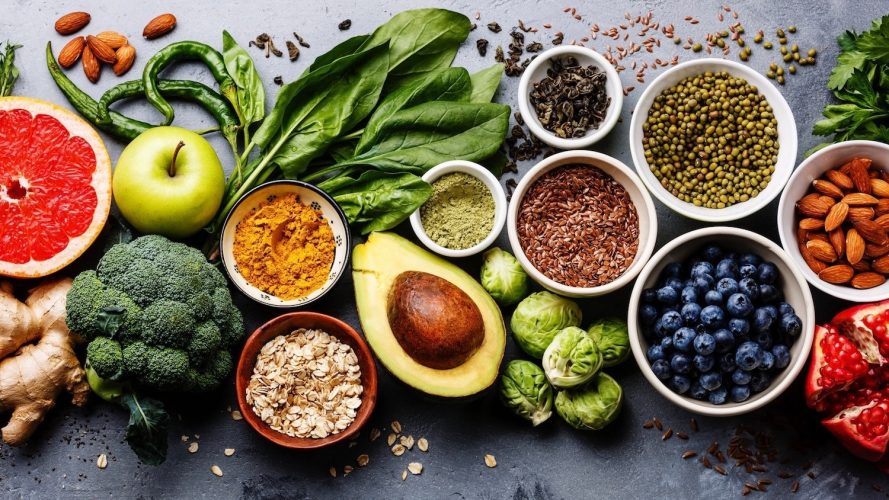The current South African plate has a lot of meat and starch but is lacking in vegetables.

Picture: iStock
In the last few days, basic food shopping in SA has changed.
Yes, goods are still available, but it’s not business as usual. You might have had to change brands you were previously loyal to or swap out some items.
According to the Indigo Wellness Index, SA is one of the unhealthiest nations in the world.
A large portion of the country eats the wrong food with consequences to overall health. You are what you eat, after all.
Knorr is trying to help SouthAfrica move towards a better food future by providing stakeholders – government, non-governmental organisations, industry, retailers, media and consumers – with information about what people are eating and how it impacts their health.
It commissioned market research company Nielsen to implement a study on the eating habits of South Africans in February. There were 1,005 respondents aged 16 years and over.
Research objectives included:
- Composition of a plate.
- Attitudes towards food and the link to health.
- Impact and access to healthy food.
The current South African plate has a lot of meat and starch but is lacking in vegetables: 41% starch, 26% meat with only 13% vegetables and the rest composed of fats and oils, dairy and legumes. This is consistent across all regions and demographics.

Sirloin steak. Picture: iStock
Some findings
• Breakfast generally has the most starch, while dinner has the most meat.
• Meat is eaten on average four times per week, with poultry and red meat being the most popular.
• Starch is eaten six times a week, with bread, rice, potatoes and pap topping the list.
• Vegetable consumption is four times a week.
• 82% of respondents think it has become easier to find healthy food in the last five years. Only 52% think healthy food is affordable.
• 84% are meat-eaters, 14% are flexitarians, 2% are vegetarians, 0.3% are pescatarians and 0.1% are vegans.

Vegan diet. Picture: iStock
What does that mean?
Food isn’t limited, but people need to buy smart during the next few weeks.
Frozen vegetables, fresh vegetables and fruits, as well as healthy grains are available.
Fresh vegetables and fruits can be cooked into pre-prepared meals, while frozen vegetables can easily be added.
The good news is, during the national lockdown the Eatwell plate, as defined by the University of Cambridge, says a diet should include 33% vegetables, 32% starch, 15% dairy, 12% meat and 8% fats and oils.
That not only eases the budget since meat is often the most expensive part of plate composition, it also means it’s easier to combine items available in store, frozen or fresh.
Sources: IndigoWellness Index, Knorr & Eatwellplate
(Compiled by Adriaan Roets)
For more news your way, download The Citizen’s app for iOS and Android.





